Section 1: Climate
Section 1.1: Climate and the tick ecosystem
eo1: Future climate of Africa
eo2: Vegetation-climate interactions: into the tick zone
Section 1.2: Modelling climate change impacts
eo3: Climate change and Lyme disease
eo4: How to Model the Impact of Climate Change on Vector-Borne Diseases?
eo5: Challenges of Modelling and Projecting Tick Distributions
eo6: Considerations for predicting climate change implications on future spatial distribution ranges of ticks
Section 1.3 Synopsis: Climate
Section 2: Ticks
Section 2.1: Climate impacts on tick physiology
eo7: Can the impact of climate change on the tick microbiome bring a new epidemiological landscape to tick-borne diseases?
eo8: Climate influence on tick neurobiology
eo9: The impact of climate change on tick host-seeking behaviour
eo10: Expected transitions in ticks and their heritable endosymbionts under environmental changes
eo11: Drought and tick dynamics during climate change
eo12: Climate influences on reproduction and immunity in the soft tick, Ornithodoros moubata
eo13: Climate change and ticks: measuring impacts
Section 2.2: Climate impacts on tick populations
eo14: Scandinavia and ticks in a changing climate
eo15: Birds, ticks and climate change
eo16: How tick vectors are coping with global warming
eo17: Possible direct and human-mediated impact of climate change on tick populations in Turkey
eo18: Climate change alone cannot explain altered tick distribution across Europe: a spotlight on endemic and invasive tick species
eo19: Climate and management effects on tick–game animal dynamics
eo20: Climate-driven livestock management shifts and tick populations
eo21: Potential impacts of climate change on medically important tick species in North America
Section 2.3: Climate impacts on tick species
eo22: Climate change and tick evolution: lessons from the past
Chapter 23: Amblyomma ticks and future climates
Chapter 24: Climate impacts on Dermacentor reticulatus tick population dynamics and range
Chapter 25: Changes expected in Ixodes ricinus temporal and spatial distribution in Europe
Chapter 26: Range expansion of Ixodes scapularis in the USA
Chapter 27: Distribution, seasonal occurrence, and biological characteristics of Haemaphysalis longicornis, a vector of bovine piroplasmosis in Japan
Chapter 28: Climate and vector potential of medically important North American ticks
Chapter 29: The impact of climate change on the biology of the cattle tick, Rhipicephalus microplus: current knowledge and gaps to be filled
Section 2.4: Climate impacts on vector capacity
Chapter 30: Climate impacts on the vector capacity of tropical and temperate populations of the brown dog tick, Rhipicephalus sanguineus sensu lato
Chapter 31: Argasidae: distribution and vectorial capacity in a changing global environment
Chapter 32: Effects of climate change on babesiosis vectors
Section 2.5: Synopsis: Ticks
Section 3: Disease
Section 3.1: Vector–host–pathogen triangle
Chapter 33: Conflict and cooperation in tick–host–pathogen interactions contribute to increased tick fitness and survival
Chapter 34: Climate, ticks, and pathogens: gaps and caveats
Chapter 35: Climate and prediction of tick-borne diseases facing the complexity of the pathogen–tick–host triad at northern latitudes
Chapter 36: Is the clock ‘ticking’ for climate change?
Chapter 37: Climate instability and emerging tick-borne disease
Chapter 38: Co-infections of ticks
Chapter 39: Impact of climate change on co-feeding transmission
Chapter 40: Human behaviour trumps entomological risk
Chapter 41: It’s all in the timing: effect of tick phenology on pathogen transmission dynamics
Chapter 42: Anaplasma species’ novel tick–host–pathogen relationships and effects of climate change
Chapter 43: Zoonotic potential in the genera Anaplasma and Ehrlichia
Chapter 44: Tick vectors, tick-borne diseases and climate change
Chapter 45: Climate and other global factors at the zoonotic interface in America: influence on diseases caused by tick-borne pathogens
Chapter 46: Microclimatic conditions and RNA viruses in ticks
Section 3.2: Vector-borne infections of humans
Chapter 47: Climate, ticks and tick-borne encephalitis in Central Europe
Chapter 48: Tick-borne viral haemorrhagic fever infections
Chapter 49: Climate impact on Lyme borreliosis and its causative agents
Chapter 50: Climate change and tick-borne encephalitis in the Greater Alpine Region
Chapter 51: The expansion of Japanese spotted fever and the complex group of spotted fever group rickettsia in Japan
Chapter 52: Spatiotemporal and demographic patterns of transmission of Kyasanur Forest Disease virus in India
Chapter 53: Argasid ticks, relapsing fever and a changing climate
Chapter 54: The potential effects of climate change on Lyme borreliosis in East-Central Europe
Chapter 55: Epidemiology of severe fever with thrombocytopenia syndrome in China
Chapter 56: Climate change and debilitating symptom complexes attributed to ticks in Australia
Chapter 57: Effect of climate change on mosquito-borne pathogens
Section 3.3: Vector-borne infections of domesticated animals
Chapter 58: Ornithodoros tick vectors and African swine fever virus
Chapter 59: Tick-borne diseases of livestock in the UK
Chapter 60: Impact of climate change on tick-borne diseases of livestock in Pakistan – looking ahead
Chapter 61: The emergence of tick-borne diseases in domestic animals in Australia
Section 3.4: Vector-borne infections in different regions
Chapter 62: Tick-borne infections in Central Europe
Chapter 63: Impact of climate change on ticks and tick-borne infections in Russia
Chapter 64: Is climate change affecting ticks and tick-borne diseases in Taiwan?
Chapter 65: Ticks and tick-borne pathogens in the Caribbean region in the context of climate change
Chapter 66: The strange case of tick-borne viruses in Turkey
Chapter 67: Melting, melting pot – climate change and its impact on ticks and tick-borne pathogens in the Arctic
Chapter 68: Ticks and tick-borne diseases in the Middle East
Chapter 69: The emergence of ticks and tick-borne diseases in the United States
Chapter 70: Role of climate and other factors in determining the dynamics of tick and tick-transmitted pathogen populations and distribution in western, central, and eastern Africa
Chapter 71: Tick-borne pathogens in China
Chapter 72: Tick-borne rickettsioses in Africa
Chapter 73: Climate and the emergence of tick-borne disease in Canada
Chapter 74: Climate change impacts on Ixodes ricinus in Scotland and implications for Lyme disease risk
Chapter 75: Possible impact of climate and environmental change on ticks and tick-borne disease in England
Chapter 76: Climate change, ticks and tick-borne pathogens in northern Europe
Chapter 77: Tick and tick-borne disease circulation in a changing marine ecosystem
Section 3.5: Synopsis: Disease
Section 4: Final synopsis and future predictions
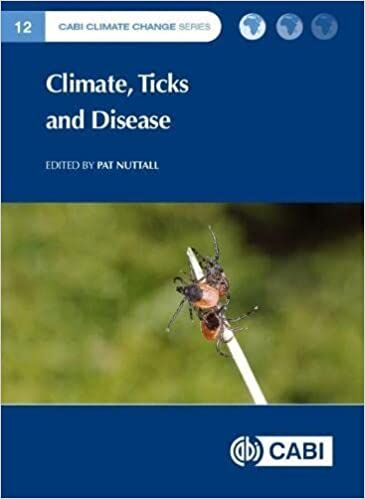

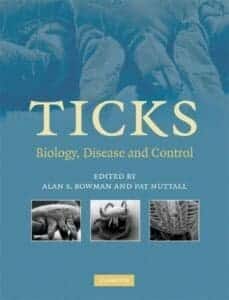
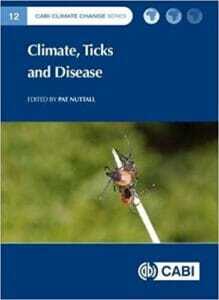

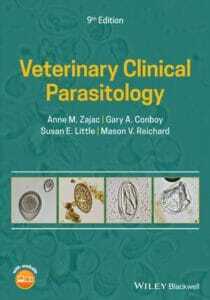
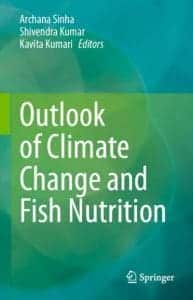

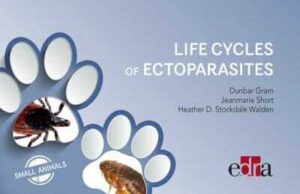





![Ettinger’s Textbook of Veterinary Internal Medicine 9th Edition [PDF+Videos] Ettinger’s Textbook of Veterinary Internal Medicine 9th Edition [True PDF+Videos]](https://www.vet-ebooks.com/wp-content/uploads/2024/10/ettingers-textbook-of-veterinary-internal-medicine-9th-edition-100x70.jpg)

![Textbook of Veterinary Diagnostic Radiology 8th Edition [PDF+Videos+Quizzes] Thrall’s Textbook of Veterinary Diagnostic Radiology, 8th edition PDF](https://www.vet-ebooks.com/wp-content/uploads/2019/09/textbook-of-veterinary-diagnostic-radiology-8th-edition-100x70.jpg)






